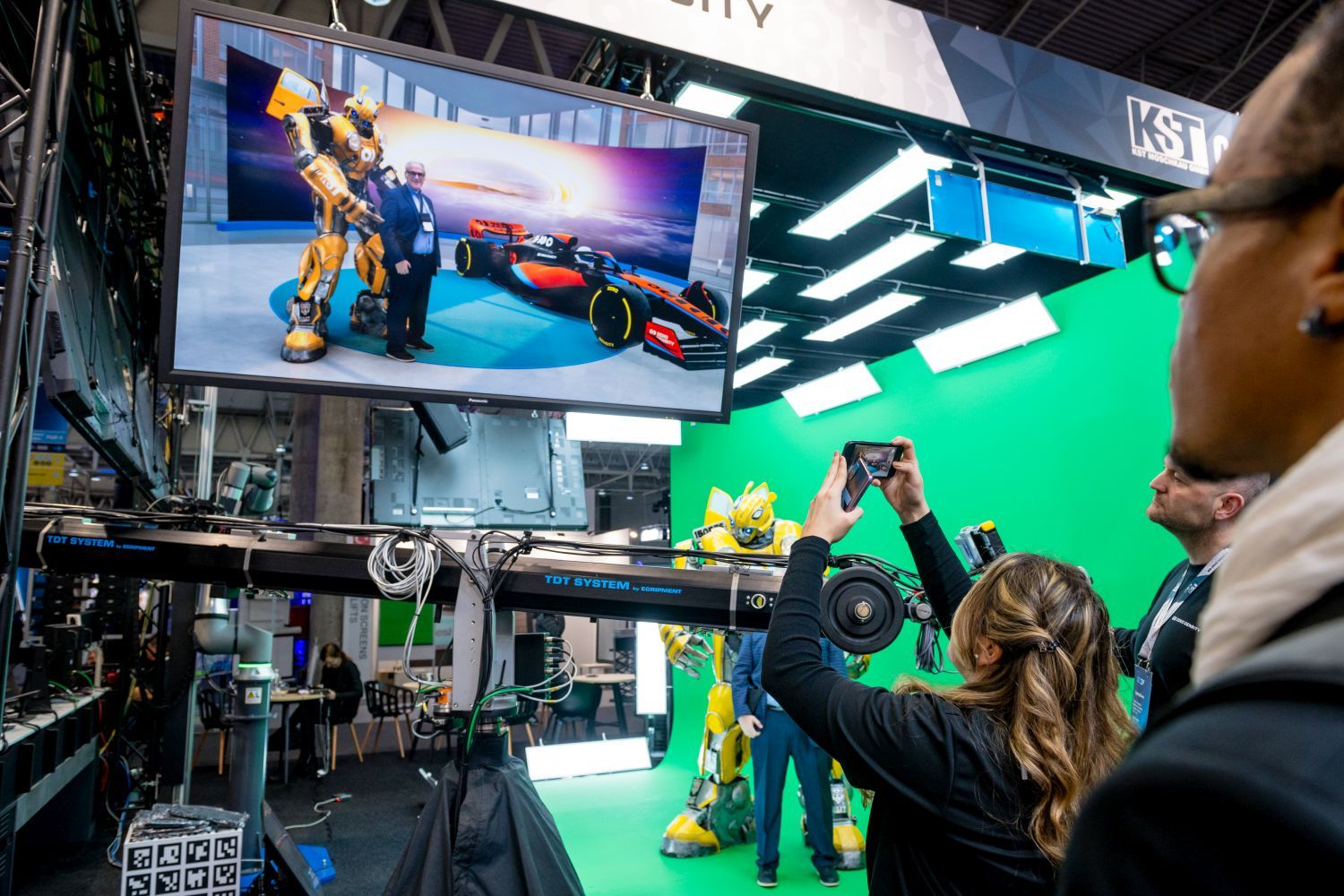The business trends boosting the AV broadcast market

The market for broadcast AV technology is not confined to those producing for TV and cinema screen or traditional live events. The audience includes social media content creators, some of whom have grown into mini-studios employing teams to run production. Universities, schools and museums are incorporating video and enhanced digital experiences into how they make teaching materials and exhibits accessible both in-person and remotely. Sports clubs and leagues are cutting out the broadcaster to stream video direct to fans. Brands are going direct too, targeting specific audiences with highly produced films for internal comms or marketing on YouTube.
The global ubiquity of digital surfaces is an opportunity to engage audiences in immersive multi-sensory experiences in applications that extend beyond the confines of the conventional live event and broadcast environment.
 It is a growth fuelled by changing consumer behaviour as much as it is by tech advancements from games engines to 5G. Today’s prime audience is the first generation not wedded to singular entertainment or communication channels or devices but willing to surf and mesh and blend them into something new.
It is a growth fuelled by changing consumer behaviour as much as it is by tech advancements from games engines to 5G. Today’s prime audience is the first generation not wedded to singular entertainment or communication channels or devices but willing to surf and mesh and blend them into something new.
For communications read storytelling. Creatively this is where pro AV and media & entertainment meet. Almost every facet of the AV landscape is driven by storytelling – from location-based visitor attractions to inspirational corporate presentations and DOOH campaigns.
Entertainment is evolving too. Audiences are stepping in closer and visuals are expanding into larger, increasingly ambitious spaces. Some estimates have the size of the global immersive entertainment market reaching (US)$426.77 billion by 2030, up from $61bn in 2020. Other predictions are even higher for a market that spans virtual, physical, and mixed realities, location-based entertainment, theme park attractions, galleries, stadia and hotel resorts.
Media is evolving along with convergence between creative industries. The industry is on the precipice of a major disruption as it enters what analyst Bain & Company has called the Immersive Era. A generation has grown up playing video games and is no longer satisfied with media that unfolds linearly. Heralding ‘The Era of Mixed Reality’, Amdocs found that users are looking for immersive technologies to enjoy activities like gaming, shopping and exercise.
The Sphere in Las Vegas is the current high-water mark where guests pay to experience the building as much as the live music or screened content inside. Here, the audience becomes part of the show before they even sit down. Haptics for wind and scent can inform the story unfolding aurally and visually.
As we walk around resorts, AI triggers can change digital signage and lighting. No longer do we passively take information in. We become part of the experience.
There is a natural synergy in taking the same artists who work on VFX for cinema and high-end TV and applying their skills in spaces once considered the lowly cousin of cinema. Two of the world’s biggest VFX houses, Cinesite and DNEG, launched new divisions this year, expanding their inhouse expertise to deliver immersive experiences that blur disciplines, technologies and storytelling.
There’s a more prosaic reason for them to get involved too. The film and TV VFX business is volatile and its future under threat in an age of artificial intelligence. AI is capable of both producing multi-sensory spectaculars at scale and of personalising the experience down to the individual with operational efficiencies that will inevitably drive adoption across every part of every business.
It won’t be long before businesses from healthcare to hospitality will interact with their patients and customers via AI-driven digital humans. These avatars will have automatic speech recognition, natural language understanding and contextual response-generation together with realistic facial animation.
All of these developments mean the ‘battle for eyeballs’ is intensifying. Yet the goal remains the same for every content creator; create great content, deliver to the right audience, and drive engagement across multiple platforms. ISE is the place where the practical and the visionary meet to build future content communication experiences.



)
)
)
)
)
)
)
)
)
)

)
)
)
)
)
)
)
)
)
)
)
)
)
)
)
)
)
)
)